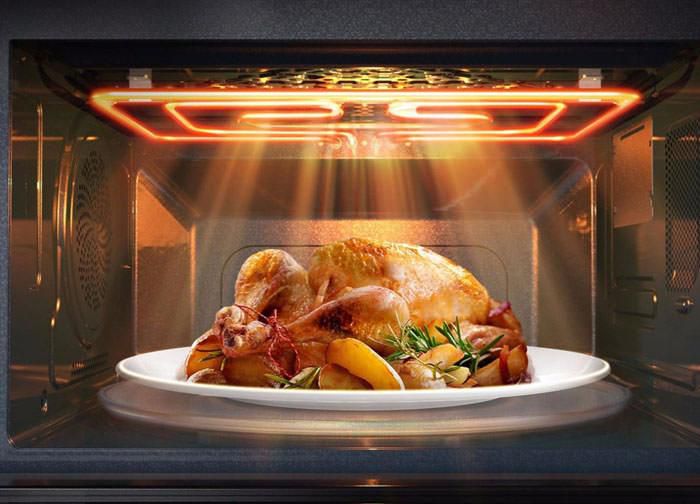4 Chicken Defrosting Techniques Every Cook Should Know
)
Defrosting chicken properly is an essential part of safe and effective cooking. Doing it the wrong way can lead to serious consequences, including food poisoning caused by bacteria such as Salmonella and Campylobacter.
It can also result in unevenly cooked chicken or a loss in taste and texture.
Whether you’re preparing a quick weekday meal or cooking for a gathering, knowing how to thaw chicken correctly can save you time, preserve the quality of your food, and protect your health.
Why proper defrosting matters
Raw chicken is highly perishable, and if left at room temperature for too long, bacteria can multiply rapidly.
Proper defrosting not only prevents the growth of harmful microorganisms but also ensures your chicken cooks evenly.
It also preserves its flavour, tenderness, and juiciness, allowing you to enjoy a better final dish.

1. Defrosting chicken in the refrigerator – The safest method
The safest and most reliable way to defrost chicken is in the refrigerator. Although it requires planning ahead, this method keeps the chicken at a safe temperature throughout the thawing process.
To do this, remove the chicken from the freezer and place it still in its packaging or inside a covered container on a plate or bowl on the lowest shelf of your fridge.
Depending on the size of the meat, this process can take anywhere from 12 to 24 hours. Once thawed, the chicken can stay in the refrigerator for up to two additional days before being cooked.
A major advantage of this method is that chicken thawed in the fridge can be refrozen safely, as long as it hasn’t yet been cooked.
2. Using cold water – Faster but requires care
If you're short on time, the cold water method is a quicker but still safe alternative. Start by sealing the chicken in a leak-proof plastic bag to prevent contamination and water absorption.
)
Then, submerge the bag in a large bowl or sink filled with cold tap water. Change the water every 30 minutes to maintain a safe temperature.
Depending on the size of the chicken pieces, it may take one to three hours to thaw completely using this method.
It's important to cook the chicken immediately after thawing it this way. This method works best for smaller cuts or boneless pieces that need to be cooked the same day.
Pulse Influencer Awards 2025: Nominate your favourite influencer of the year
3. Using the microwave – Quickest but watch closely
For an even faster option, you can use the microwave. However, this method is the trickiest and needs careful monitoring.
Remove any packaging and place the chicken on a microwave-safe plate. Use the defrost setting or adjust the microwave to 50% power.
Microwave in short bursts, checking and turning the chicken every one to two minutes to ensure even thawing.

Be aware that some parts of the chicken might start to cook, which is why the meat should be cooked immediately after defrosting. Chicken thawed this way should not be refrozen unless it is cooked first.
4. Cooking chicken without thawing
Interestingly, chicken can be cooked directly from frozen, and this is safe for certain methods like baking, simmering, or boiling.
However, it will take longer to cook than thawed chicken. While this method works for stews and oven dishes, it’s not ideal for frying or grilling, where the outside might burn before the inside is fully cooked.
What not to do when defrosting chicken
Avoid common mistakes such as thawing chicken on the kitchen counter or using hot water. These methods can cause the surface of the chicken to enter the danger zone a temperature range where bacteria multiply quickly.

Also, avoid thawing chicken in direct sunlight or in your car. Finally, never refreeze chicken that was thawed using the cold water or microwave method unless it has already been fully cooked.
)
)
)
)
)
)
)
)
)
)
)
)
)
)
)
)
)